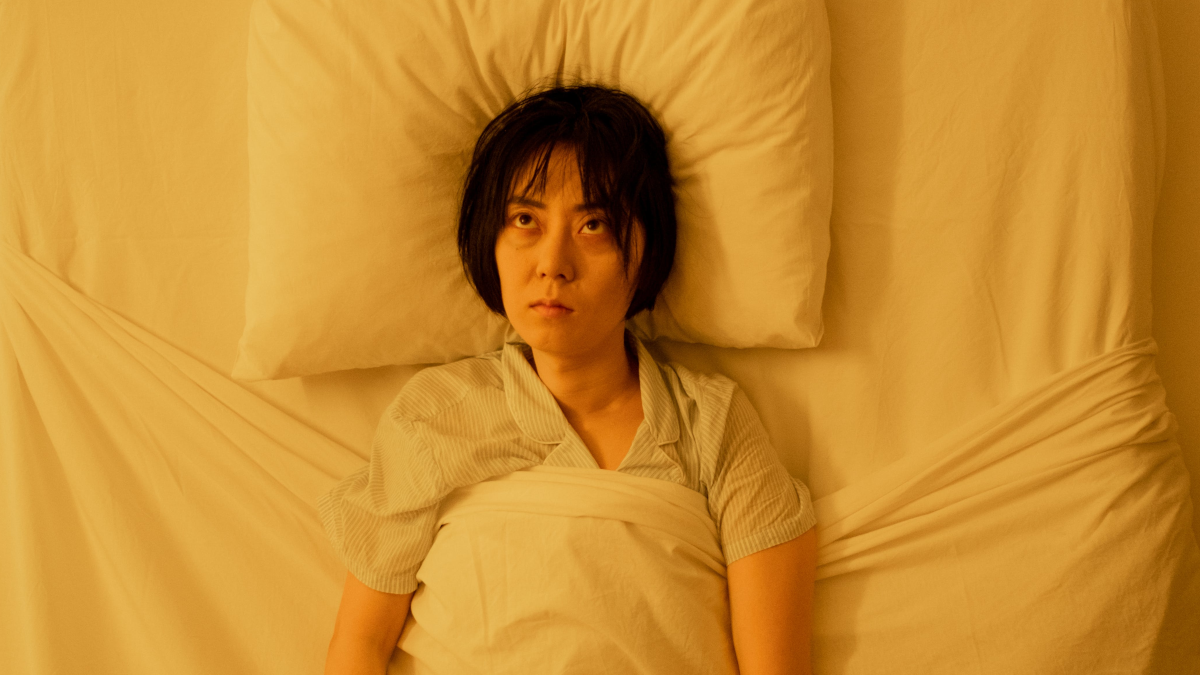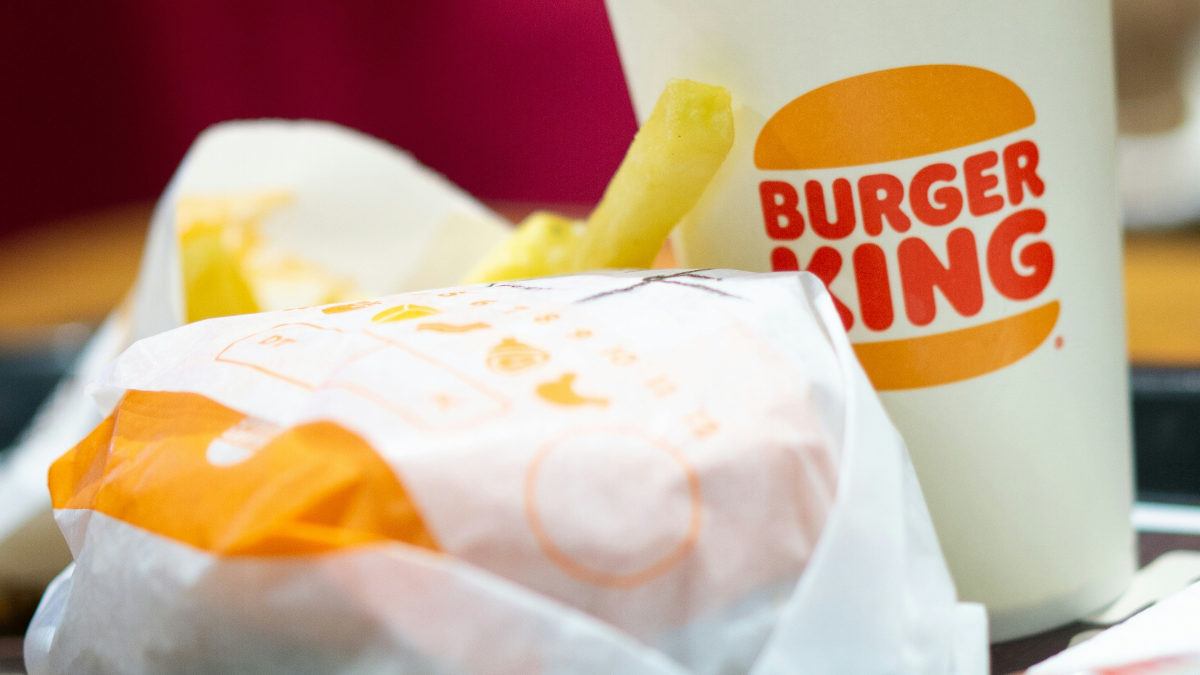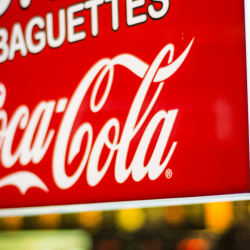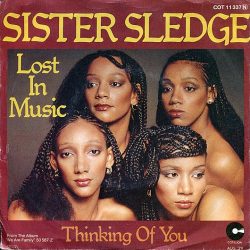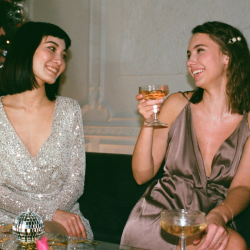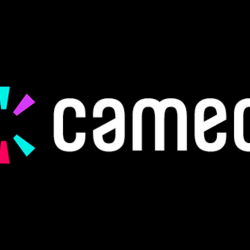TikTok has grown from a ‘dancing’ Gen Z platform to a cross-generational social media powerhouse. In 2023, however, many standout trends leaned towards the introspective and resistive, rather than the overtly joyful. Here are some of the key moments demonstrating this shift, and what we can learn from them:
#Deinfluencing and #Boycotts
The year started with a wave of health and beauty influencers ‘deinfluencing’ followers, by criticising popular products and offering cheaper dupe alternatives instead; often in response to cost of living issues.
More recently, there has been a huge rise in political engagement, with influencers using their platforms to educate people on humanitarian crises across the world. These influencers have also started consumer boycotts e.g. #boycottbigtech, targeting huge companies, calling for the app to work as an engaged collective.
What we can learn:
Influencers not only have the power to move customers away from problematic brands or ineffective products, but also to promote worldwide activism. As more and more young people become politically engaged, companies must be careful who and how they market products on the app. Brands and marketers may need to be aware of both the spending habits and the active political opinions of target consumers.
#RatGirlSummer and #BedRotting
For the past three years we’ve had ‘hot girl summer’, but every year an alternative arises, e.g. 2021’s goblincore, 2022’s feral girl, 2023’s rat girl summer. These trends counter the pressure to be happy, ‘hot’, and picture-perfect. This year we also saw the rise of ‘bed rotting’. This had two sides: an aesthetic, joyful rejection of everything outside of bed, or a more depressive angle, where people express their inability to live an active life, as part of a collective cultural malaise.
See also #GirlDinner (women showing the snacks they eat for dinner, aesthetic snack plates on the one hand, conversations about disordered eating on the other).
What we can learn:
Every season has two sides: those that embrace its traditional meaning, and those who reject the pressure associated with it. See also: Christmas fatigue, Summerween (Halloween celebrated in summer). The rejection of productivity culture also has two sides — it can be celebrated as a freeing choice, or a frustrating depressive cycle that people are trapped in it. As marketers, we may need to consider both sides of every trend and be careful what we promote as achievable and normal.
The ‘Aged’ filter and dystopian future influencers
The eerily accurate aged filter shows how people may look in their later years. The filter has sparked discussions around health, self-confidence, and beauty standards. A trend within the trend casts content creators as older influencers, living in a dystopian climate changed future e.g. 2049, creating scary yet funny content, e.g. ‘water hauls’.
What we can learn:
Fear of the future is evolving into acceptance of a fundamentally changed future — a dystopian inevitability (solarpunk and hopepunk still envision a better future, but this is niche). Sustainability communications may need to adapt to this, ensuring we live well alongside inevitable global changes.
#BeigeFlag and #RomanEmpire
Tiktok has become a place for people to discuss the intricacies of relationships, from the extreme (pointing out celebrity relationships with huge age gaps) to the mundane (green flags, like men noticing cars instead of other women). This year, the beige flag trend went viral. Hard to pin down, these are things a partner does that are ‘weird’, yet oddly endearing, or simply makes them unique. These beige flag aspects highlight the nuances of relationships, and focus attractiveness not on aesthetics or traditional fundamentals, but on chemistry, comfort and eccentricity.
See also the #RomanEmpire trend — asking men how often they think about the Roman Empire, with surprising results (i.e. a lot), and women sharing their own ‘Roman Empire’, often niche clips from media, niche cultural or celebrity moments, or realisations about the state of the world.
What we can learn:
As with other trends above, traditional attractiveness is frequently rejected, often perceived as belonging on Instagram, an app more focused on perfection than TikTok’s shakey, off the cuff style. This is not to say that aesthetic beauty doesn’t belong on TikTok at all, but it frequently has an eccentric edge e.g. The Wes Anderson trend, or videos that focus on the minute and overlooked e.g. the #artofnoticing.
Brands can take inspiration from TikTok and tap into more nuanced, diverse representations of home, family, and relationship life, appreciating the quirky, eccentric, and mundane little things. Also, like TikTok, people and relationships do not have to be represented as wholly perfect or wholly negative, but as complex, individual, and prone to ups, downs, joys, sadness, disappointment and introspection, all together.
Looking forward
These trends demonstrate a growing awareness of awareness, in that they often seek to enlighten, engage and fill in gaps in education and understanding. Many of the trends focus on noticing the little things — moments, moods and behaviours that we recognise, but find impossible to describe.
The app is also full of enduring, consistent positive content, but these trends reveal a more complex side to the human experience, one that we can learn from, to create more nuanced content and campaigns ourselves.
Featured image: cottonbro studio / Pexels




















